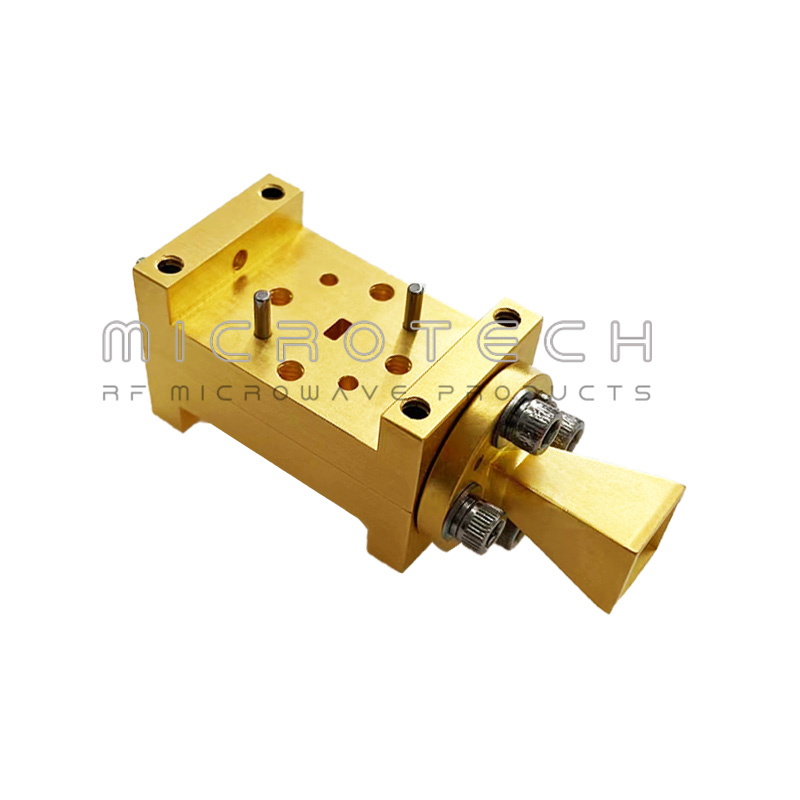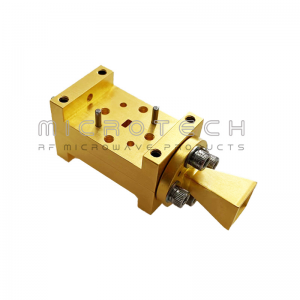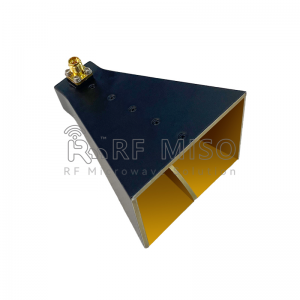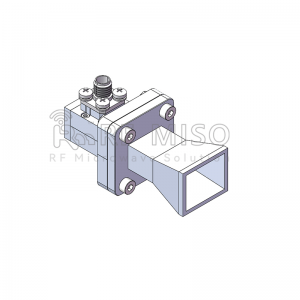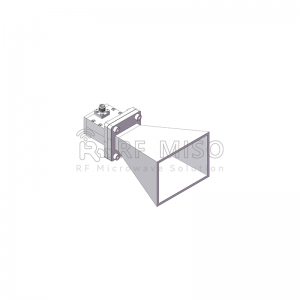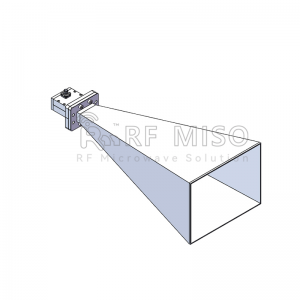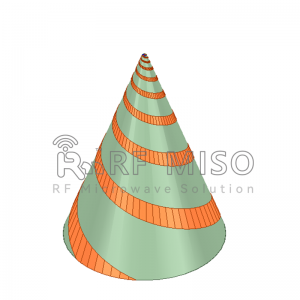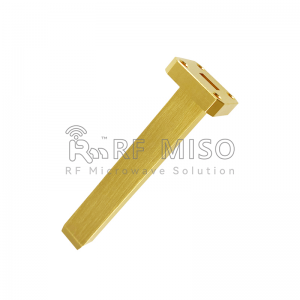Features
● Full Band Performance
● Dual Polarization
● High Isolation
● Precisely Machined and Gold Plated
Specifications
|
MT-DPHA6090-15 |
||
|
Item |
Specification |
Units |
|
Frequency Range |
60-90 |
GHz |
|
Gain |
15 |
dBi |
|
VSWR |
1.3:1 | |
|
Polarization |
Dual |
|
|
Horizontal 3dB Beam Width |
33 |
Degrees |
|
Vertical 3dB Bean Width |
28 |
Degrees |
|
Port Isolation |
45 |
dB |
|
Size |
27.90*51.70 |
mm |
|
Weight |
74 |
g |
|
Waveguide Size |
WR-12 |
|
|
Flange Designation |
UG-387/U |
|
|
Body Material and Finish |
Aluminum, Gold |
|
Outline Drawing
Test Results
Background Noise
Noise is generated by lossy components and active devices in the receiver, but noise can also be transferred by the antenna to the receiver input. Antenna noise can be received from the external environment, or generated internally, such as thermal noise caused by losses in the antenna itself. The noise generated inside the receiver can be controlled to a certain extent, while the noise received by the receiving antenna from the environment is usually uncontrollable and can exceed the noise level of the receiver itself. Therefore, it is important to characterize the noise power delivered by the antenna to the receiver.
Noise is generated by lossy components and active devices in the receiver, but noise can also be transferred by the antenna to the receiver input. Antenna noise can be received from the external environment, or generated internally, such as thermal noise caused by losses in the antenna itself. The noise generated inside the receiver can be controlled to a certain extent, while the noise received by the receiving antenna from the environment is usually uncontrollable and can exceed the noise level of the receiver itself. Therefore, it is important to characterize the noise power delivered by the antenna to the receiver.
Antennas with fairly wide main beams can pick up noise power from a wide variety of sources. Additionally, noise can be received from side lobes of the antenna radiation pattern, or through reflections from the ground or other large objects.
-
Broadband Horn Antenna 15 dBi Typ. Gain, 18-40 ...
-
Standard Gain Horn Antenna 10dBi Typ. Gain, 14....
-
Standard Gain Horn Antenna 15dBi Typ. Gain, 6.5...
-
Standard Gain Horn Antenna 20dBi Typ. Gain, 5.8...
-
Log Spiral Antenna 3.6dBi Typ. Gain, 1-12 GHz F...
-
Waveguide Probe Antenna 8 dBi Typ.Gain, 26.5GHz...







